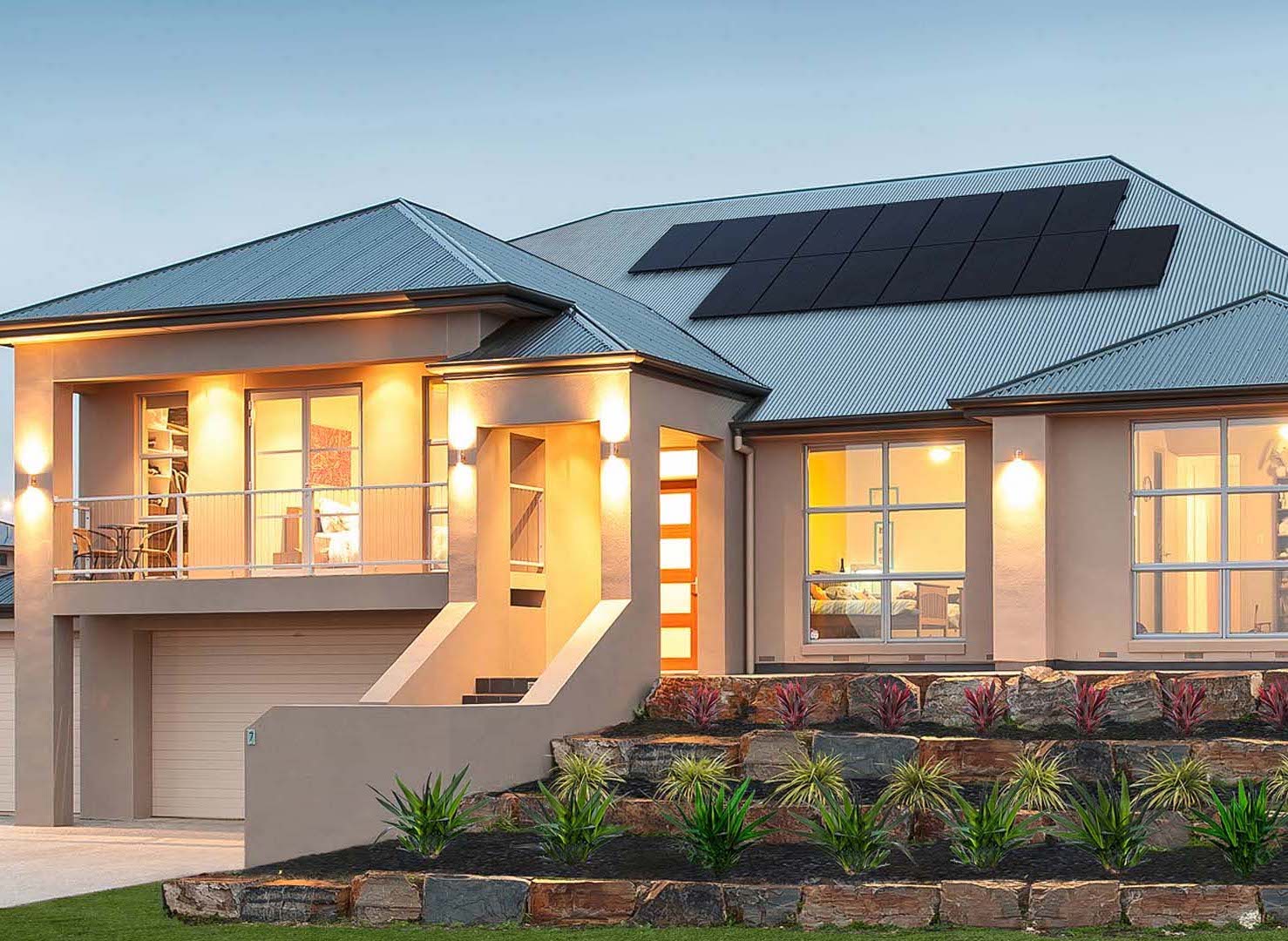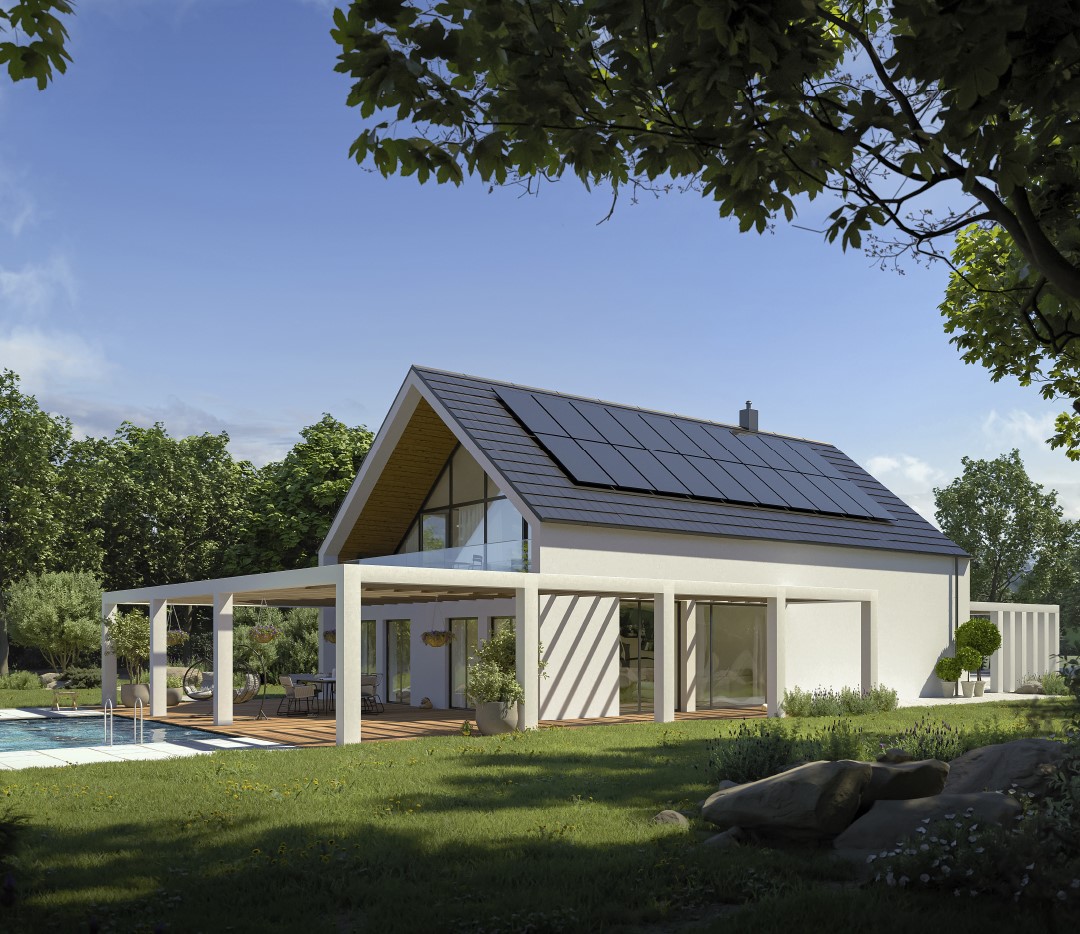As the world continues to shift toward renewable energy, many homeowners are exploring ways to achieve energy independence. The ability to generate and store energy at home, without relying heavily on the power grid, is becoming a reality for millions of people. A critical component in making this possible is real time monitoring, a tool that provides users with detailed insights into their energy production, consumption, and storage.
In this blog, we will explore how real time monitoring plays a pivotal role in achieving energy independence, the benefits it provides, and the smart technologies making this possible. We’ll also look at how monitoring can help optimise energy efficiency and reduce costs while contributing to a more sustainable future.

What is Real Time Energy Monitoring?
Real time energy monitoring involves tracking the energy consumption and production of your home or business at any given moment. By using smart devices like sensors, meters, and apps, energy monitoring systems can provide real time feedback on how much energy is being consumed or generated, whether from solar panels, the grid, or stored in batteries.
These systems gather and display data in easy-to-understand formats, helping you see patterns in your energy use, detect inefficiencies, and take action to reduce unnecessary energy consumption. You can track everything from household appliances to electric vehicle (EV) charging, solar panel production, and battery storage.
Real time monitoring systems, combined with energy-saving technologies, are part of a growing trend of smart energy systems that aim to give homeowners more control over their energy use and costs.
The Path to Energy Independence
Achieving energy independence means being able to produce and store enough renewable energy to meet the needs of your home or business without relying on external sources. While some homes can go entirely off-grid, others use renewable energy systems to reduce their dependence on the grid, often leading to significant cost savings and increased reliability, particularly in areas prone to power outages.
A crucial part of reaching energy independence is understanding and managing your energy consumption. This is where real time monitoring comes in.
- Renewable Energy Production: Solar panels and wind turbines generate energy during the day or when the weather permits, but energy consumption fluctuates. Real time monitoring allows you to track how much energy is being produced, helping you optimise its use.
- Energy Storage: Real time monitoring integrates with energy storage systems, such as solar batteries, to show how much energy is being stored or drawn from the battery. By knowing when your batteries are full, you can adjust consumption patterns to use more energy from your storage rather than the grid.
- Energy Consumption Management: A critical aspect of energy independence is reducing unnecessary energy use. Real time monitoring enables you to see which appliances or systems are consuming the most energy, allowing you to make adjustments and increase efficiency.
- Cost Savings: When you monitor your energy in real time, you can adjust your consumption to take advantage of peak energy production times and minimise reliance on the grid. This reduces utility costs and promotes energy independence.
The Role of Smart Energy Systems in Real Time Monitoring
Smart energy systems are becoming an integral part of energy independence strategies. These systems consist of smart meters, energy storage devices, solar panels, and real time monitoring software that work together to manage energy production and consumption efficiently.
Here’s how smart energy systems and real time monitoring enhance energy independence:
- Automated Energy Management: Smart energy systems use real time monitoring data to automatically optimise energy usage. For example, if solar production is high, the system might prioritise running appliances directly from solar energy while storing excess energy in batteries.
- Predictive Analytics: With real time monitoring, smart energy systems can predict energy needs based on historical data. This allows the system to plan for cloudy days or high energy demand by ensuring that battery storage is optimised in advance.
- Remote Control: Many real time energy monitoring systems come with mobile apps, allowing homeowners to control and monitor their energy use from anywhere. This means that even when you’re away, you can adjust your home’s energy consumption to make sure it’s running efficiently.
Benefits of Real Time Monitoring for Energy Independence
Real time monitoring offers several key benefits that directly contribute to achieving energy independence:
1. Improved Energy Efficiency
One of the primary benefits of real time monitoring is the ability to enhance your home’s energy efficiency. By seeing exactly how much energy is being used and where, you can make informed decisions about how to reduce waste. For instance, if you notice that a particular appliance consumes a significant amount of energy during peak times, you can adjust when it runs to lower your overall consumption.
Real time insights can also reveal hidden energy drains, such as faulty equipment or devices that are left on when not in use. Addressing these issues can result in significant energy savings over time.
2. Optimised Energy Storage
For homes equipped with energy storage systems like batteries, real time monitoring helps optimise the use of stored energy. By tracking when your batteries are charged or discharged, you can plan energy consumption more effectively. For instance, using stored energy during high-cost grid times and recharging batteries when solar production is high ensures that you’re getting the most out of your energy storage system.
3. Cost Savings
Real time energy monitoring empowers homeowners to manage their energy usage, leading to significant cost savings. By avoiding peak energy consumption and taking advantage of solar power when it’s abundant, homeowners can reduce their reliance on the grid, lowering their electricity bills.
Many utility companies offer time-of-use (TOU) pricing, where the cost of electricity varies based on demand throughout the day. With real time monitoring, you can adjust your energy consumption to avoid high-cost periods, further reducing your monthly energy costs.
4. Increased Energy Security and Resilience
In areas where power outages are common or where the grid is unreliable, energy independence becomes even more important. Real time monitoring, combined with solar panels and energy storage systems, ensures that your home has a reliable power source even when the grid goes down.
Monitoring systems can also alert you to potential issues with your energy setup, giving you the chance to address problems before they lead to system failures or outages.
5. Environmental Impact
By maximising your use of renewable energy and minimising waste, real time monitoring also contributes to sustainability. Reducing your reliance on non-renewable energy sources lowers your carbon footprint, helping you do your part in combating climate change.
Energy independence is not just about saving money and increasing reliability—it’s also about making a positive environmental impact by using clean, renewable energy sources efficiently.
Real Time Monitoring Technology: How It Works
To fully understand the power of real time monitoring, it’s helpful to look at how the technology works. Here are the key components of a typical real time energy monitoring system:
1. Smart Meters
Smart meters track energy consumption in real time and send data to both the homeowner and the utility company. These meters provide highly accurate data about how much electricity is being used and when, allowing for better management of energy consumption.
2. Monitoring Devices
Devices such as smart plugs and energy monitoring hubs can be installed throughout your home to track energy usage at the appliance level. These devices communicate with the central monitoring system, providing detailed insights into the energy consumption of specific devices and systems.
3. Energy Management Software
Real time monitoring systems come with user-friendly software or apps that allow you to visualise your energy consumption, production, and storage. Many systems provide recommendations on how to optimise energy usage and save money.
4. Energy Storage Integration
Energy storage systems, such as home batteries, can be integrated with real time monitoring systems to provide a full picture of your energy flow. You can monitor how much energy is stored, when it’s being discharged, and how it’s being used in your home.
How to Get Started with Real Time Monitoring
Getting started with real time energy monitoring is easier than ever, thanks to the availability of smart technology and monitoring systems designed for home use. Here’s how you can start your journey toward energy independence:
- Install Solar Panels: If you haven’t already, installing solar panels is the first step toward generating your own renewable energy.
- Add Energy Storage: A home battery system will allow you to store excess solar energy and use it when solar production is low or during power outages.
- Set Up Real Time Monitoring: Install a real time energy monitoring system to track your energy production, consumption, and storage. Many solar panel and energy storage providers offer these systems as part of their packages.
- Monitor and Adjust: Use the insights from your monitoring system to adjust your energy consumption habits. This might involve scheduling high-energy appliances to run when solar production is high or adjusting your usage to avoid peak electricity rates.
The Wrap Up: Achieving Energy Independence Through Real Time Monitoring
Achieving energy independence is no longer a distant goal—it’s an attainable reality for homeowners and businesses alike. With the help of real time energy monitoring, you can take control of your energy use, optimise your consumption, and maximise the benefits of renewable energy sources.
Real time monitoring not only provides a clear picture of your energy production and consumption but also offers valuable insights that can lead to significant cost savings, improved energy efficiency, and a more sustainable lifestyle.
















